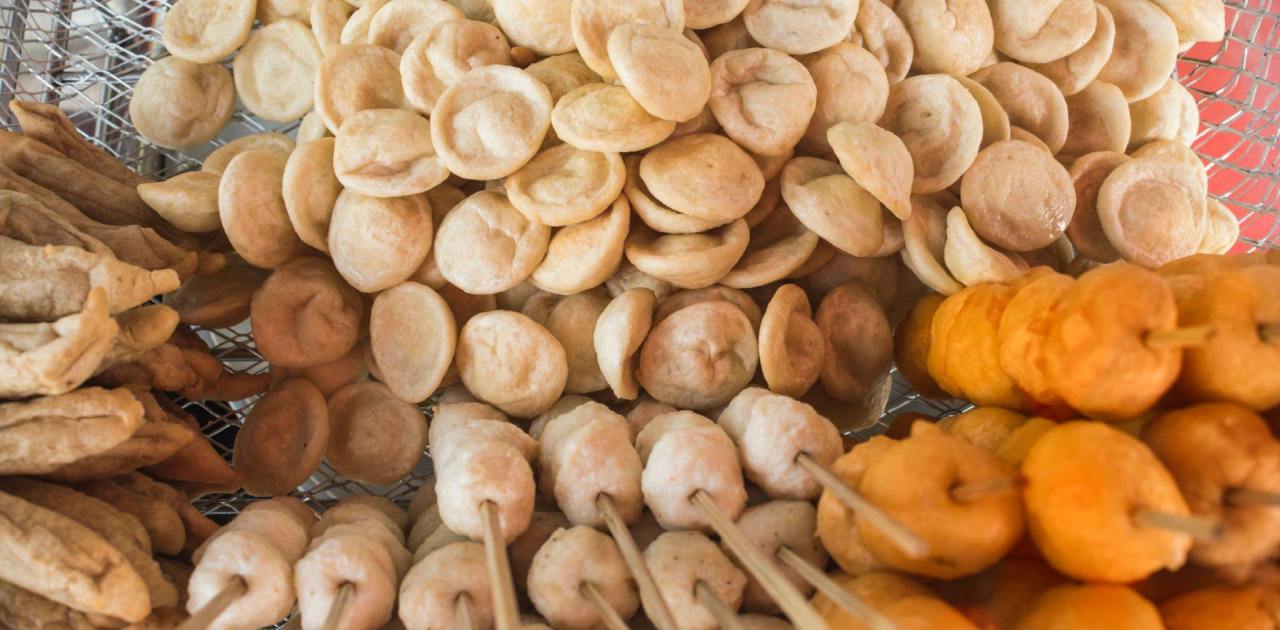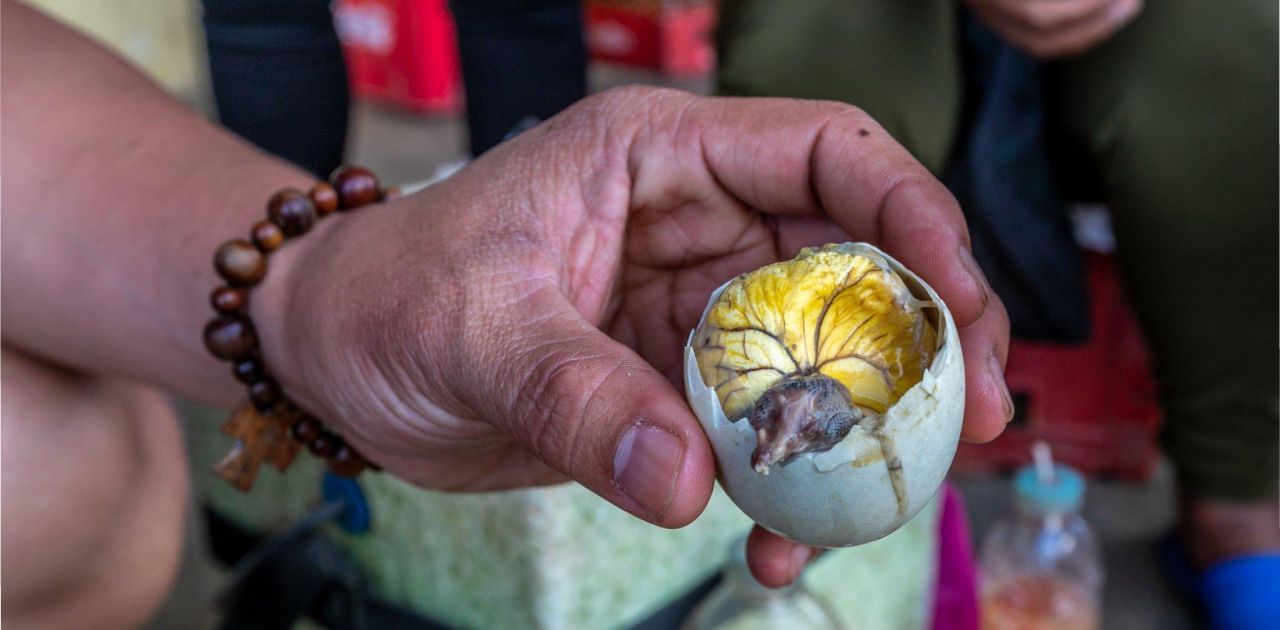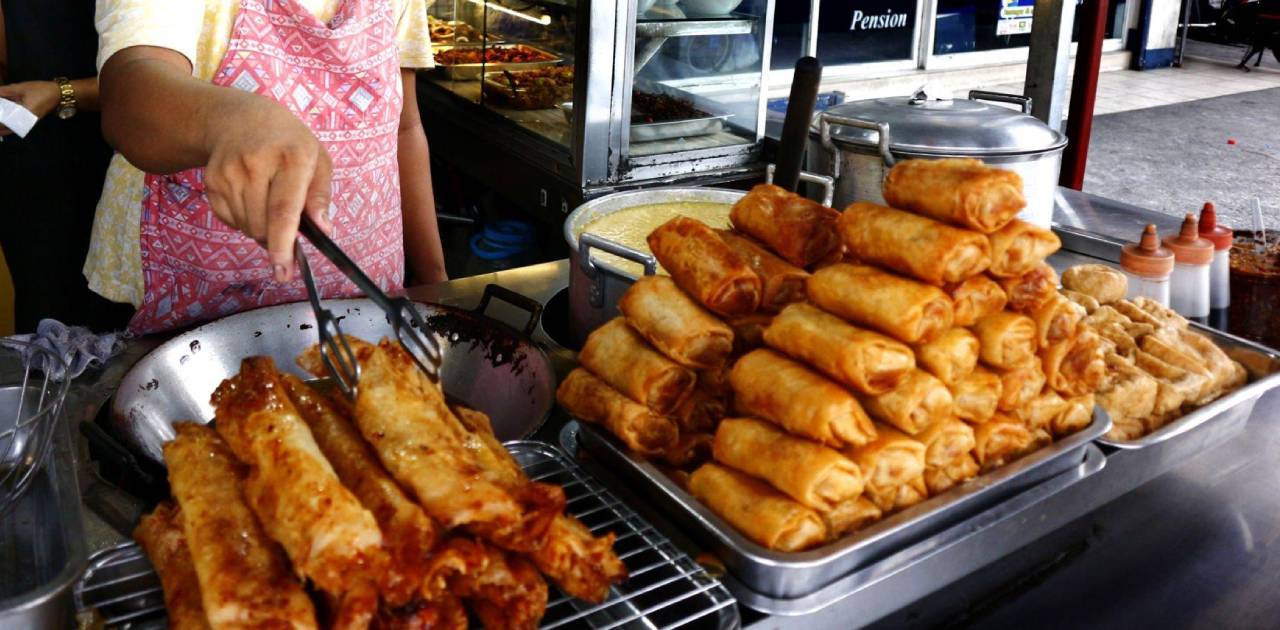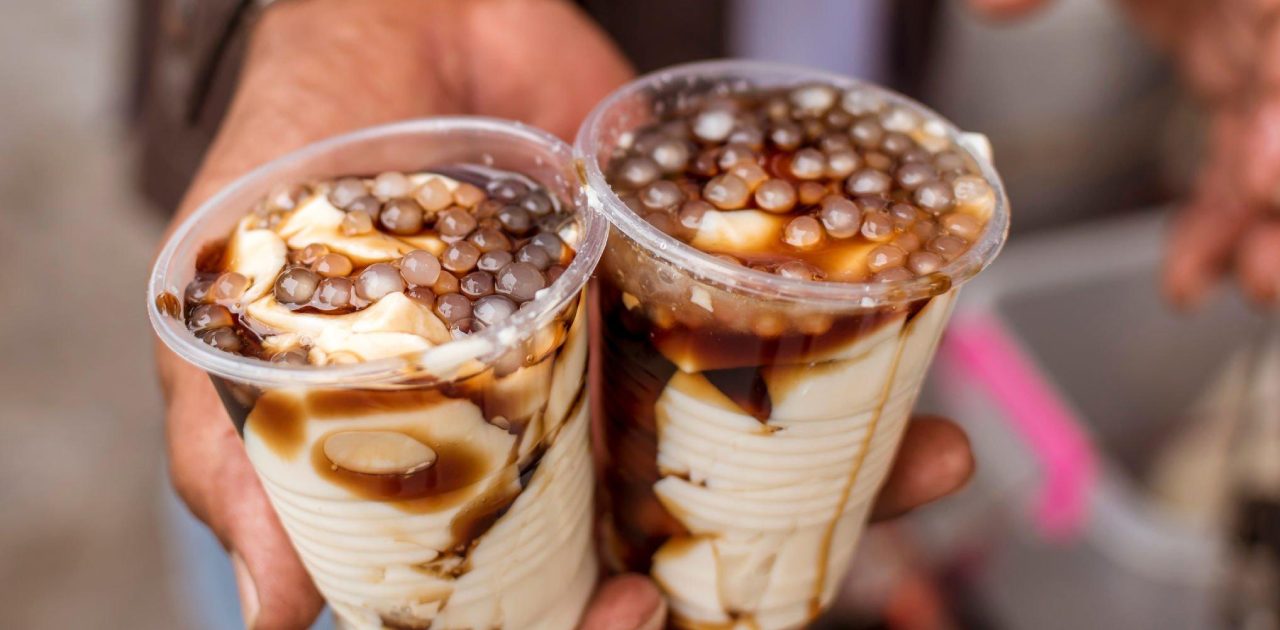Are you ready to embark on a culinary adventure through the bustling streets of the Philippines? Get ready to indulge in some of the most delicious and adventurous street foods that the country has to offer! From savory grilled meats to sweet treats, Filipino street food is a feast for the senses.
Introduction
Filipino street food is an integral part of the country’s culture and heritage, with each region boasting its own unique specialties. Whether you’re exploring the bustling streets of Manila or venturing out into the more rural areas, you’ll find a diverse array of street food vendors serving up delicious and affordable dishes that are sure to satisfy your cravings.
Kwek Kwek
Kwek-Kwek is another popular Filipino street food that is commonly found in food stalls and carts. It is a type of deep-fried street food made from quail eggs that are covered in a bright orange batter. To prepare kwek-kwek, the quail eggs are hard-boiled and then peeled. They are then dipped into a mixture of flour, cornstarch, salt, and food coloring (usually orange) to create the distinctive coating. The eggs are deep-fried until the batter becomes crispy and golden brown.
Kwek-kwek is typically served on skewers or toothpicks and is often accompanied by a spiced vinegar dipping sauce. Some vendors may also offer a sweet and tangy sauce made with banana ketchup or a combination of vinegar and soy sauce. The name “kwek-kwek” is derived from the sound the eggs make when they are dropped into the hot oil. It is a popular snack or street food that is enjoyed by many Filipinos, especially during fiestas, carnivals, and other outdoor events. The crispy texture of the batter and the softness of the quail eggs create a delightful contrast in each bite, making kwek-kwek a tasty and satisfying treat.
Isaw
Isaw is a popular Filipino street food made from grilled or barbecued chicken or pork intestines. It is a common and inexpensive delicacy that is enjoyed by many locals and visitors alike. To prepare isaw, the intestines are thoroughly cleaned and marinated in a mixture of vinegar, soy sauce, garlic, and various spices to remove any strong flavors and odors. After marinating, the intestines are skewered onto bamboo sticks and grilled over hot charcoal until they become charred and crispy on the outside while remaining tender on the inside.
Isaw is often served with a dipping sauce made from vinegar, soy sauce, chopped onions, and chili peppers. The sauce adds a tangy and savory element that complements the smoky flavor of the grilled intestines. Isaw can be found in street food stalls, particularly in areas known for their street food culture, such as busy marketplaces or near schools and offices. It is a popular snack or appetizer enjoyed by many Filipinos, especially during evening hours. The unique texture and flavor of isaw make it a favorite among adventurous eaters and those who appreciate the bold flavors of Filipino street cuisine.
Fish Balls
Fish balls are a popular Filipino street food made from ground fish meat, typically from mackerel or other white-fleshed fish. The fish meat is combined with various seasonings, such as salt, pepper, and sometimes additional spices or herbs, to create a flavorful mixture. The mixture is then formed into small, round balls or patties, which are typically deep-fried until golden brown and crispy. Fish balls are usually served on skewers or toothpicks for easy consumption.
In the Philippines, fish balls are commonly sold by street vendors who operate small food carts or stalls. These vendors often serve other related street food items like squid balls, kikiam (pork or shrimp rolls), and kwek-kwek (battered quail eggs). Fish balls are typically enjoyed with a dipping sauce made from vinegar, soy sauce, garlic, and chili peppers. The sauce adds tanginess and a bit of heat to enhance the flavor of the fish balls.
Fish balls are a popular and affordable snack or appetizer, especially among students and those looking for quick and tasty street food options. They are often found in busy marketplaces, school areas, and other street food hubs. It’s worth noting that fish balls can also be found in other Southeast Asian countries, each with their own variations in terms of ingredients and preparation methods.
Balut
Balut is a unique and controversial Filipino delicacy that is a fertilized duck egg. It is a popular street food and is also consumed as a snack or appetizer. The process of making balut involves incubating duck eggs for a specific period, usually around 18 to 21 days, until the embryo inside the egg develops. At this stage, the balut eggs are boiled and then served. When cracked open, the balut typically contains a partially formed duck embryo, complete with bones, feathers, and other developing features.
Eating balut is an acquired taste, and it is often considered a culinary adventure. The flavors and textures can vary depending on the age of the embryo. The yolk is usually rich and creamy, while the duckling itself can have a chewy texture. Balut is commonly enjoyed by adding salt or a vinegar-based dip with chili, garlic, and onions. Some people prefer to eat the balut in one bite, while others may consume it in a few bites, starting with the liquid yolk and progressing to the embryo.
Balut is known for being a good source of protein and various nutrients. It is often associated with traditional Filipino street food culture and is especially popular during night markets, where vendors sell balut along with other street snacks. While balut is widely appreciated and enjoyed by many Filipinos, it is also a polarizing food due to the presence of the developing embryo. It’s important to note that balut is not commonly eaten by everyone in the Philippines, and individuals’ preferences may vary.
Banana Cue
If you’re in the mood for something sweet, banana cue is the perfect choice. This Filipino street food favorite features ripe bananas that are skewered, coated in brown sugar, and deep-fried until caramelized and crispy. The result is a delicious and satisfying treat that is perfect for satisfying your sweet tooth.
Turon
Another sweet treat that is popular in the Philippines is turon, a dessert made from ripe bananas that are wrapped in spring roll wrappers and deep-fried until crispy and golden brown. Turon is often served with a side of sweet caramel sauce and is the perfect way to end a meal or satisfy your sweet tooth on the go.
Taho
Taho is a popular Filipino street food and breakfast staple. It is a sweet and silky snack made from three main ingredients: soft tofu, sago pearls (tapioca pearls), and arnibal (a sweet syrup made from caramelized brown sugar and vanilla). The process of making taho involves heating the soft tofu until it becomes warm and silky in texture. Sago pearls, which have been boiled until they become translucent and chewy, are then added to the tofu. Finally, the taho is sweetened with arnibal syrup, which gives it a delightful caramel flavor.
Taho is typically sold by taho vendors who carry large aluminum buckets filled with tofu, sago pearls, and arnibal. They roam the streets in the morning, often announcing their presence by shouting “Taho!” or ringing a small bell. Customers can purchase taho by bringing their own containers or using disposable cups provided by the vendor. This beloved Filipino delicacy is not only delicious but also nutritious. Tofu is a good source of protein, while sago pearls provide energy. Taho is often enjoyed as a comforting and satisfying breakfast or snack. It has become an integral part of Filipino culture and is widely enjoyed throughout the country.
Lumpiang Shanghai
Lumpiang Shanghai is a popular Filipino dish that consists of small spring rolls filled with a mixture of ground pork, finely chopped vegetables (such as carrots, onions, and garlic), and various seasonings. The filling is rolled tightly in spring roll wrappers and then deep-fried until golden and crispy. Lumpiang Shanghai is often served as an appetizer or as part of a larger meal. It is commonly enjoyed with a dipping sauce, such as sweet chili sauce or a combination of soy sauce and vinegar with chopped onions and chili peppers.
The dish is named after the city of Shanghai in China, but it has been adapted and become a beloved Filipino favorite. Lumpiang Shanghai is frequently served during special occasions, gatherings, and celebrations, as well as enjoyed as a snack or party food. Its crispy texture and savory filling make it a crowd-pleaser among both Filipinos and visitors to the Philippines.
Halo-Halo
No list of Filipino street foods would be complete without mentioning halo-halo, a beloved dessert that is perfect for cooling down on a hot day. This colorful dessert features a mixture of shaved ice, sweet beans, fruits, and other toppings, all topped off with a generous helping of evaporated milk. It is a refreshing and delicious treat that is sure to please.
Conclusion
Filipino street food is a vibrant and flavorful part of the country’s culinary heritage, offering a diverse array of delicious and affordable snacks and meals that are perfect for satisfying your cravings on the go. Whether you’re in the mood for something savory or sweet, there’s a street food vendor in the Philippines that has something to offer. So why not grab a skewer of isaw or a bowl of halo-halo and experience the delicious flavors of Filipino street food for yourself?











